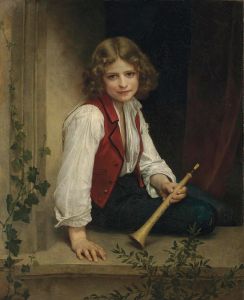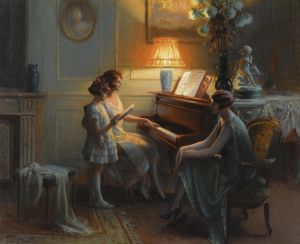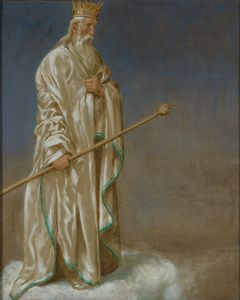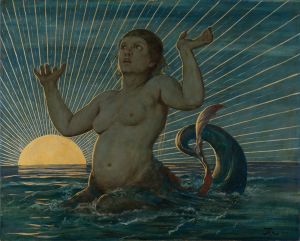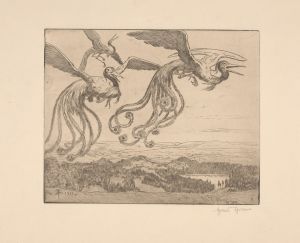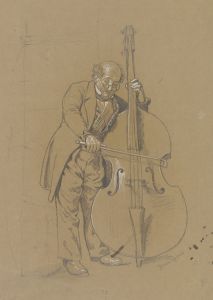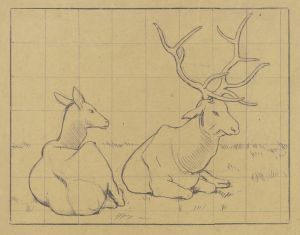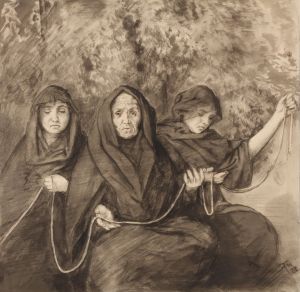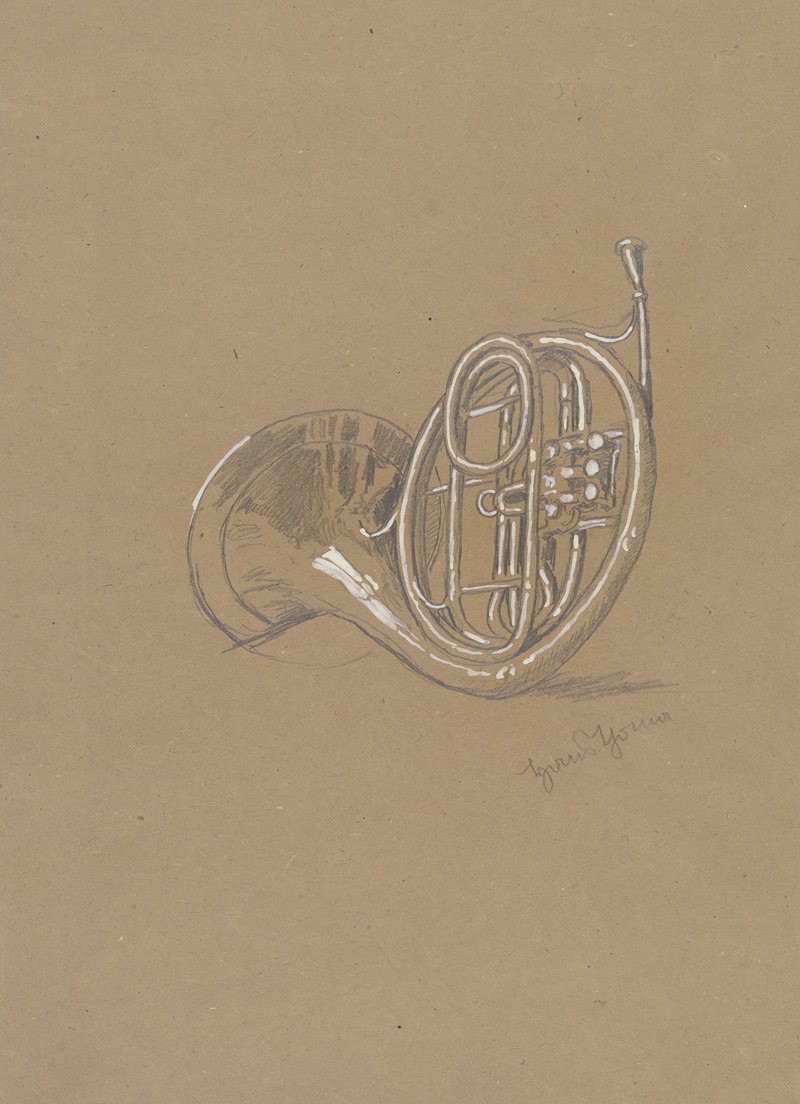
French horn
A hand-painted replica of Hans Thoma’s masterpiece French horn, meticulously crafted by professional artists to capture the true essence of the original. Each piece is created with museum-quality canvas and rare mineral pigments, carefully painted by experienced artists with delicate brushstrokes and rich, layered colors to perfectly recreate the texture of the original artwork. Unlike machine-printed reproductions, this hand-painted version brings the painting to life, infused with the artist’s emotions and skill in every stroke. Whether for personal collection or home decoration, it instantly elevates the artistic atmosphere of any space.
Hans Thoma (1839–1924) was a German painter associated with the Realist and Symbolist movements. Among his extensive body of work, one of his notable paintings is French Horn (Das Waldhorn in German). This artwork exemplifies Thoma's characteristic style, which often combined elements of nature, music, and human figures in a harmonious and contemplative manner.
French Horn depicts a serene and idyllic scene, featuring a young man playing a French horn in a natural setting. The painting reflects Thoma's deep appreciation for the German countryside, as well as his interest in integrating music and nature into his art. The figure of the horn player is surrounded by lush greenery, with trees and plants forming a tranquil backdrop. The composition conveys a sense of peace and introspection, which is a recurring theme in Thoma's works.
Hans Thoma was influenced by the Romantic tradition, and his art often sought to evoke a connection between humanity and the natural world. In French Horn, the inclusion of the musical instrument serves as a symbolic bridge between the human and the natural, suggesting harmony and unity. The painting's gentle color palette and detailed rendering of the landscape further enhance its meditative quality.
Thoma's works were highly regarded during his lifetime, particularly in Germany, where he became a celebrated figure in the art world. He served as the director of the Karlsruhe Art Gallery and was known for his contributions to the cultural and artistic life of the region. While his style was sometimes considered old-fashioned compared to the avant-garde movements of his time, Thoma's art has continued to be appreciated for its sincerity and technical skill.
The exact date of creation for French Horn is not widely documented, but it is consistent with Thoma's broader oeuvre, which often explored themes of rural life, music, and the natural environment. The painting is representative of his ability to capture the quiet beauty of everyday moments, making it a significant example of his artistic legacy.
As of today, French Horn is recognized as part of Hans Thoma's contribution to 19th-century German art. It remains an enduring example of his talent for blending realism with a poetic sensibility.





